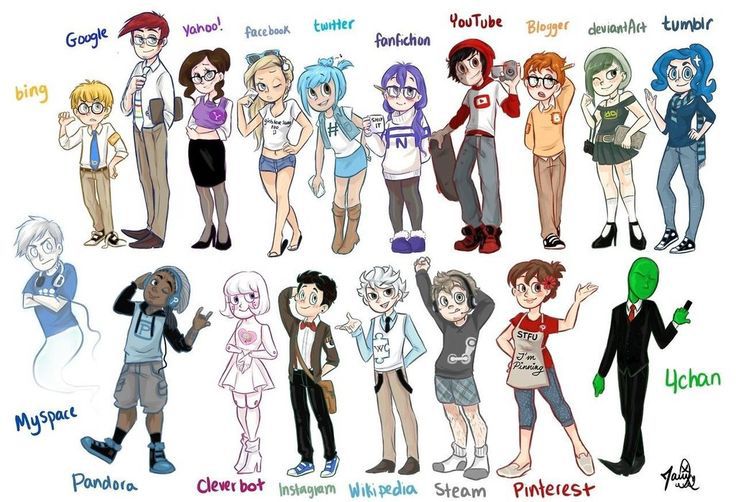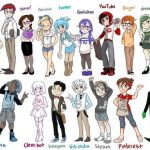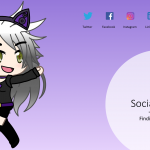[Part 4 of 9: The Social Animal on Social Media, Part 1, Part 2, Part 3, Part 5, Part 6, Part 7, Part 8, Part 9]
Humans construct stories to explain how people and the world around us work; this is known as social cognitive theory. Sometimes we construct stories, or self-schemas, about our own life experiences too, which fit with our beliefs and feelings so that we can explain ourselves more succinctly to others.
However, our memories get distorted and our knowledge of the world in any given situation is limited to what we can see, which is often not the whole picture. Consequently, most of us end up knowing things which are simply not true, even if we believe we have thought rationally about them.
Social psychologist expert, Elliot Aronson says, in his classic textbook, The Social Animal, that it is not surprising that we believe things which are just not true because: rational thought requires at least two conditions:
- Access to accurate, useful information.
- Mental resources needed to process life’s data.
Two conditions which almost never happen in everyday life. If we think about how we communicate on Twitter, we have 140 characters with a link to a blog, or a news report, which has been put together with an angle, a spin, a viewpoint. It is not possible to avoid having missing and misleading information.
And, as Aronson says, we live in a message-dense, decision-rich environment. A best guess estimates that we see 300-700 marketing messages per day. Researchers at Cornell found that we make at least 200+ decisions about food alone, which often leads to mindless eating, so imagine all the other decisions we make leading to other mindless behaviour, overwhelmed as we are.
Thus, we are cognitive misers who are forever trying to conserve our mental energy. We simplify using assumptions whilst working with incomplete information and we apply heuristics (or rules) as a way of reducing the complexity of decision making. For example, we associate a particular brand with quality rather than debating the pros and cons of different sports wear, each time we think about it.
Other ways we make quick decisions are by using:
Contrast
When any object is contrasted with something similar but not as good, or pretty, or tall, etc., we judge it as better, prettier, and taller than we would if it was by itself.
Priming and Construct Accessibility
We interpret social events depending on what we are thinking about. So, if we are feeling down and start watching a lot of disasters on TV, it just confirms that our belief that the world is a terrible place is true.
We consider whatever the media covers to be the most important issues of the day, rather than thinking (as discussed in Part 3) that the media often picks sensational stories which gets ratings and more viewers.
So, mass media make certain issues and concepts readily accessible and thereby set the public’s political and social agendas. Only yesterday, a Lane Bryant ad portraying full figured women and breastfeeding was deemed indecent and banned by major American TV networks, mainly because this ad does not fit into the usual mould of fashion advertising. The networks have seemingly set an agenda. However, thanks to social media under a #Thisbody campaign, the ad has gone viral.
Framing and order
The way a problem is ‘framed’ directly influences our interpretation. This cognitive bias or the psychology of choice is illustrated in the following example (taken from Universal Principles of Design, Lidwell et al).
In 2002 Russian Special Forces gassed Chechen rebels in order to rescue their 750 hostages in the Moscow Theatre. The ploy worked but the gas killed over 100 hostages. Newspapers across the globe reported the event in two ways:
- Gas Kills Over 100 Hostages
- Gas Saves 500 Hostages
The negative framing of the tragedy looks like a crisis handled badly. The positive framing suggests a satisfactory solution to an intractable problem.
The order of the information we are given also plays a role on our interpretation, for example, in a news bulletin, or in a Twitter bio. Our shortcut: we judge the information which comes first as the most important.
Availability, attitude, stereotypes
We over and under estimate people and situations based on our ability to bring specific examples to mind using the availability heuristic. So, if we see several programs on TV about shark attacks, we are likely to think they are more common than before, and perhaps not swim on our holidays. Not only will we remember this faulty information, we can access it quickly, using what is know as attitude accessibility and immediately think danger, when we think about sharks.
We also stereotype people in the same way too. Much research has shown that most people conclude that beautiful people are more intelligent.
Categorise and stereotype
Once we have categorised (or stereotyped) an event or person, we stop thinking about them and commit to a course of action, only to be surprised when someone doesn’t behave as we have classified them.
On Twitter yesterday, ex Top Gear presenter Jeremy Clarkson, was trending news, because he supports the UK staying in the EU and desires the EU to become like the US, with one currency and governing body. To many, Clarkson behaves in a jingoist fashion, and jingoism has an historical association with Britain’s Splendid Isolation policy. So, when Clarkson says he is a Euro supporter he defies that stereotype and has to be recategorised.
Illusory correlation
The above links to sayyes2europe.eu, where Clarkson is on a huge image which makes me assume that he is part of the grassroots campaign. Now, I have no idea if such a relationship exists, but because of illusory correlation, the behaviour of assuming relationships where there are none, I am sure he is.
Another common way of assuming relationships is to divide them into two groups: those in my group and the other group. Research shows that we does this all the time even when people are complete strangers to us and each other. We do this in groups on Facebook and when we look at Lists on Twitter, which is what makes the Facebook practice of being able to add anyone to a group without their permission a strange one.
And, then once we have people categorised as certain types of people or in a certain group of like minded people, we then assume that people’s attitudes are linked directly to their behaviour, and then we apply that to other peoples’ behaviour too, even when a relationship between attitude and behaviour may not exist in reality.
Aronson gives two examples in his book:
- “Sam spilled wine on the carpet because he is clumsy” (not because of a momentary distraction).
- “Amy snapped at Ted because she is a hostile person” (not because she momentarily lost her temper).
It easier for us to favour personality explanations over situational ones.
Similar when it comes to ourself, the self-serving bias refers to a tendency that we take credit for the good and deny the bad. The bad is situational and blamed on circumstances. This is because we all like to believe that we are good people, doing our best in a difficult world, even though we know we get our decisions wrong sometimes.
Part 5 shows us how we square that with ourselves.





16 comments